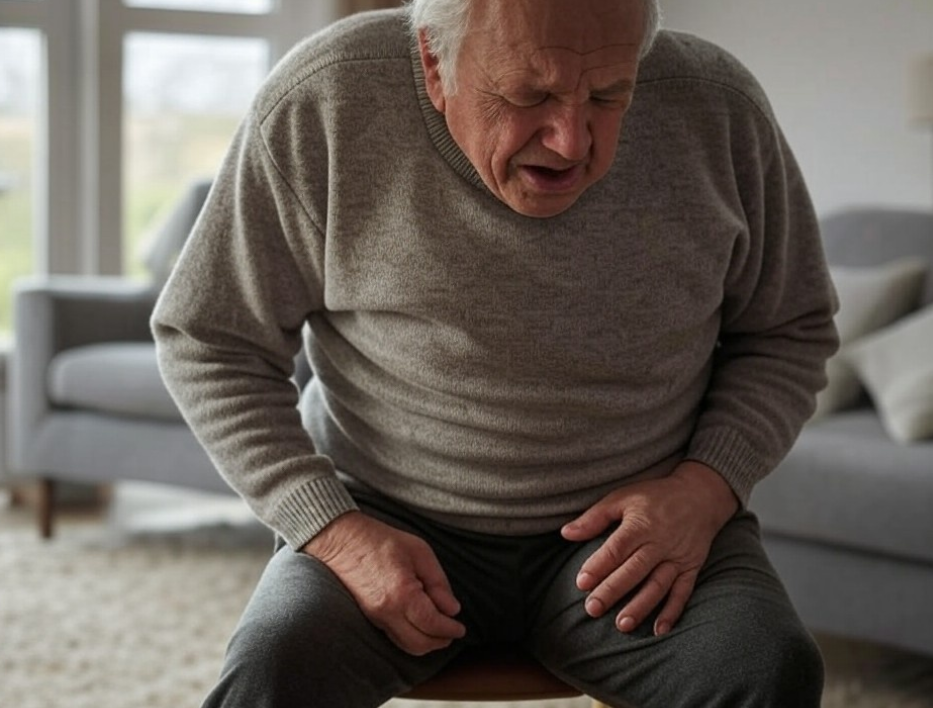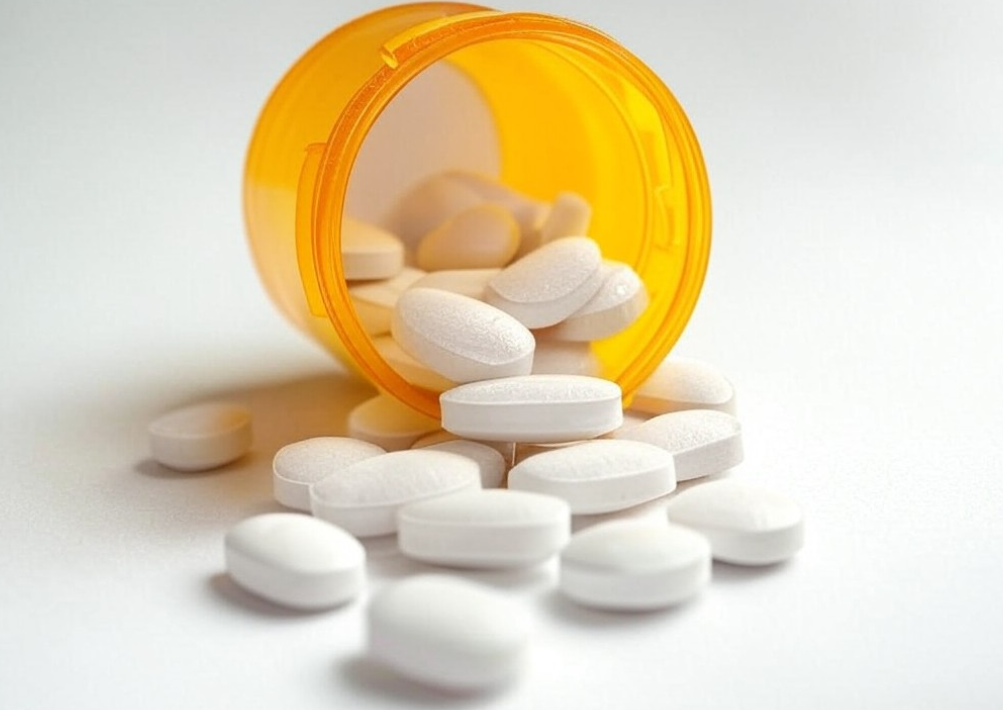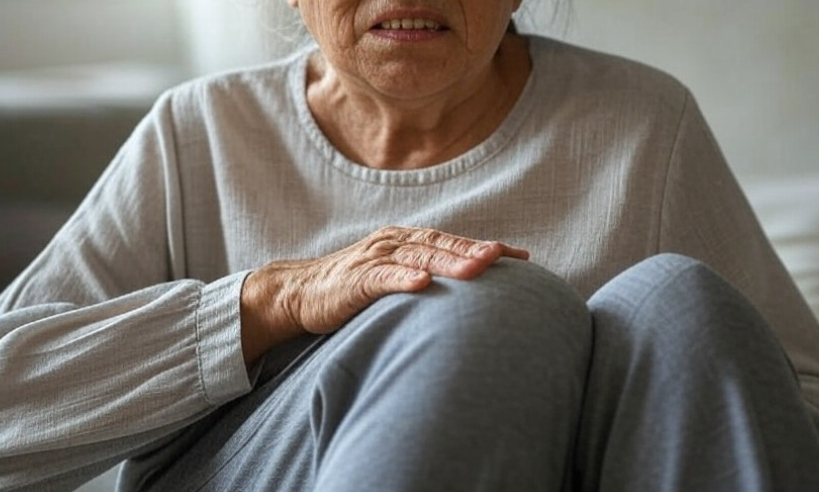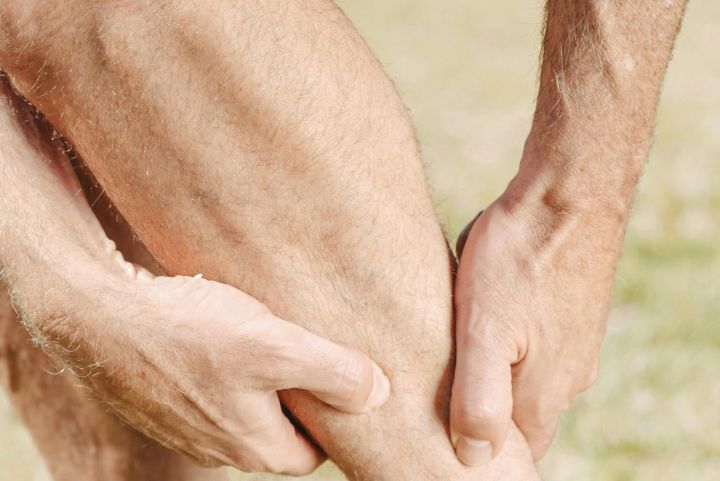Cholesterol medicines can sometimes cause horrible muscle pains and muscle toxicity! Crestor, simvastatin, atorvastatin, pravastatin, rosuvastatin, or other Statin medications can all potentially cause muscle-related symptoms (myalgias) and, in severe cases, muscle breakdown.
While these medications effectively lower the risk of cardiovascular disease and have a small mortality benefit, they can also cause a range of side effects, with muscle pain being the most common side effect of statins I’ve seen over the years. Evidence that statins cause muscle injury varies, but studies show that many statin users experience muscle aches and muscle cramps.
So what do you do? Consider lowering the dose or taking your statin every other day (but speak to your doctor first), or use an alternative method of lowering your cholesterol. A brief break from statin therapy may help reduce muscle symptoms. Also, consider supplementing with CoQ10 for cardiac health and muscle function. If your doctor persists that you should be on these types of medications and doesn’t really offer any other alternative for the management of statin side effects… Yikes! Then, it is time to consider visiting a different doctor (such as me) with the knowledge to prevent these side effects and get your cholesterol levels within the normal range.
Additionally, it’s important not to lower your cholesterol too much. In rare cases, statins may cause severe muscle damage and symptoms of rhabdomyolysis, which can be detected through muscle biopsies. Cholesterol is essential for producing vitamin D and testosterone and maintaining brain health, among many other vital functions. The effects of statins on muscle tissue must be carefully balanced against their benefits in reducing the risk of heart disease.

The Science Behind Muscle Pain
Let me explain what’s really happening inside your muscles when you take statins. Your muscle cells and muscle fibers operate like tiny factories. Inside each cell are power plants called mitochondria that produce energy for muscle function and muscle toxicity can occur at this cellular level. Recent research has shown that statins can interfere with these cellular power plants, leading to muscle breakdown and increasing the risk of muscle symptoms. When these power plants don’t work properly, they produce less ATP (that’s the energy currency your muscles need) and create more damaging molecules that can be detected through muscle biopsies. This explains why many people who take statins feel weak and tired.
But that’s not all. Statins also affect how calcium moves in and out of your muscle cells, potentially causing statin-induced muscle damage. Imagine calcium as a messenger that tells your muscles when to contract and relax. When statins cause irregular leaks of calcium, it’s like having a faulty messaging system. These calcium leaks can trigger a cascade of problems, leading to severe muscle damage and symptoms of rhabdomyolysis. That’s why your muscles might feel achy or weak – they’re literally struggling to maintain their normal function.
The effects of statin therapy go even deeper into your muscle’s metabolic processes. Treatment with statins can slow down how your muscles process fats for energy and change how they handle various proteins – the building blocks that keep your muscles strong and healthy. They can alter over 900 different proteins in your muscles! One key protein called FKBP12, which helps stabilize your muscle’s calcium channels, gets disrupted. This disruption can lead to forms of muscle weakness and common muscle pain attributed to statins.
Even the protective membrane around your muscle cells can be affected, causing muscle-related symptoms. Statins can reduce the amount of important fats called phospholipids in these membranes, making them more vulnerable to muscle injury, especially during exercise. Think of it like weakening the walls of your muscle cells. When these walls aren’t as strong, normal activities can cause more strain and discomfort than usual, requiring careful management of statin dosage to prevent side effects from statins.
The Importance of Cholesterol Balance
Now, let’s talk about why cholesterol balance is so crucial, and why statins are among the most prescribed medications for managing it. While high cholesterol can certainly be dangerous, your body actually needs cholesterol to function properly. The benefits of taking a statin must be weighed carefully against potential side effects from statins. It’s essential for building strong cell membranes. These membranes serve as protective barriers. Your liver naturally produces cholesterol to meet your body’s needs, while your digestive system absorbs additional cholesterol from food.

Understanding cholesterol’s role in your body is crucial. Statin users need to know it’s not just about heart disease – cholesterol is involved in producing bile for digesting fats, making vitamin D for strong bones, and creating hormones that regulate everything from stress response to sex drive. When we use statins to lower cholesterol, we need to be careful about the amount of statin prescribed to avoid disrupting these vital processes. Many people experience muscle aches as a common side effect related to statin use.
Your body maintains a delicate balance between different types of cholesterol. LDL, often called “bad” cholesterol, can build up in your arteries if there’s too much. HDL, or “good” cholesterol, helps remove excess cholesterol from your bloodstream. While statins are effective at lowering cholesterol, sometimes taking a brief break from statin therapy or using a statin every other day may help reduce muscle pain symptoms.
Let me explain how your body actually maintains this delicate cholesterol balance. It’s fascinating – your body has a complex system that works like a thermostat for cholesterol. Your liver is the main control center, producing cholesterol through a multi-step process that’s carefully regulated. When your cholesterol levels drop, an enzyme called HMG-CoA reductase kicks into high gear to make more. This is actually the same enzyme that’s likely to cause muscle pain when blocked by statins.
But it’s not just about production – your body also controls how much cholesterol you absorb from food. Your intestines are selective about what they let in, and they can adjust how much dietary cholesterol they absorb based on your body’s needs. Once absorbed, this cholesterol gets packaged into special carriers called chylomicrons, which transport it through your bloodstream.
Your bloodstream resembles a complex network of roads, with different vehicles (lipoproteins) carrying cholesterol to where it needs to go. LDL particles deliver cholesterol to your cells, while HDL particles work like cleanup crews, collecting excess cholesterol and returning it to the liver for disposal or recycling. Your cells have special receptors that can grab cholesterol from these carriers when they need it, and they can also push out extra cholesterol when they have too much.
When you have excess cholesterol, your body has backup plans. It can store some of it by converting it into a more stable form called cholesteryl esters. It’s comparable to storing excess items in containers. Your liver can also convert excess cholesterol into bile acids, which are then released into your digestive system for removal from the body. This whole system is constantly working to keep your cholesterol levels in the right range.
Treatment Options and Management
So how do we manage these statin-related muscle problems while maintaining healthy cholesterol levels? Side effects from statins vary, and muscle pain as a side effect can increase the risk of muscle complications. If you experience muscle weakness, particularly in your legs and thighs, or if simple tasks like climbing stairs become challenging, speak up immediately. Dark-colored urine along with muscle pain symptoms requires immediate medical attention – it’s among the most common side effects of statins that could indicate a serious condition called rhabdomyolysis.

For many patients, supplementing with CoQ10 makes a significant difference. Remember those cellular power plants I mentioned? CoQ10 helps them function better, potentially reducing muscle pain associated with statins. It’s like giving your mitochondria the boost they need to keep producing energy efficiently, which may help reduce muscle discomfort.
The key to successful treatment often lies in finding the right balance. This might mean adjusting your statin dose, switching to a different statin, or exploring alternative approaches to managing cholesterol. Some patients do better with a combination of lifestyle modifications and lower doses, while others might need to try non-statin medications that work through different mechanisms. Effect of statin therapy varies, and muscle-related symptoms associated with muscle use during treatment with statins need careful monitoring.
Working with a knowledgeable healthcare provider is crucial. Your doctor should understand both the importance of managing cholesterol and how muscle pain attributed to statins can impact your quality of life. The effects of statins on muscle tissue can cause side effects that affect daily activities. If your current doctor dismisses your concerns about these common muscle effects likely to cause muscle pain, it might be time to seek a second opinion from someone who takes these symptoms seriously.
Remember, protecting your heart health shouldn’t mean sacrificing your ability to enjoy daily activities. Statins are effective at lowering cholesterol, but the risk of muscle symptoms must be balanced against their benefits. With proper medical guidance and a comprehensive approach to treatment, most people can find a way to maintain healthy cholesterol levels without enduring constant muscle pain. Let’s work together to find your optimal balance, because when it comes to your health, every aspect matters – from your heart to your muscles to your overall well-being.

